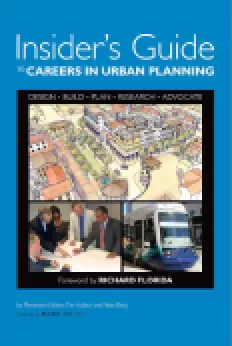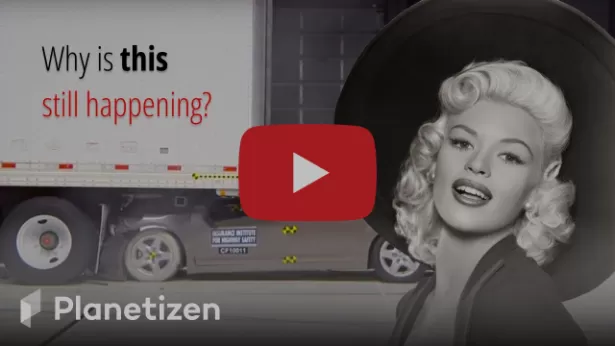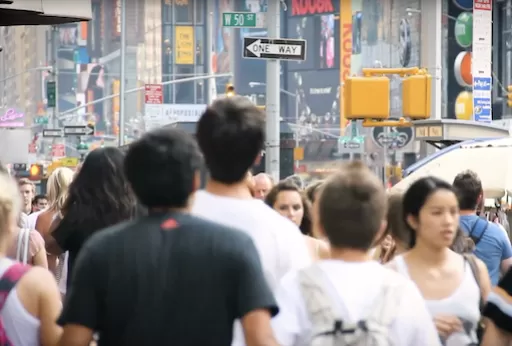Mojave, Calif. - This morning I watched a space ship take off. The SpaceShipOne, designed by Burt Rutan and funded by Microsoft gazillionaire Paul Allen, made it to just above 100 km (62 miles or, according to the rocket's own systems, 328,491 feet). That's space, baby: high enough so pilot Mike Melvill could see "white clouds above the LA basin [that] looked like snow on the ground." The craft, carried to 50,000 feet by a mother ship called the White Knight (it looks a lot like the White Star from Babylon 5
Mojave, Calif. - This morning I watched a space ship take off. The SpaceShipOne, designed by Burt Rutan and funded by Microsoft gazillionaire Paul Allen, made it to just above 100 km (62 miles or, according to the rocket's own systems, 328,491 feet). That's space, baby: high enough so pilot Mike Melvill could see "white clouds above the LA basin [that] looked like snow on the ground."
The craft, carried to 50,000 feet by a mother ship called the White Knight (it looks a lot like the White Star from Babylon 5) flies the rest of the way powered by a "hybrid rocket motor," running on nitrous oxide and solid hydroxyl-terminated polybutylene (HTPB). In other words, it burns laughing gas and rubber. Melvill had about three minutes of weightlessness at apogee, during which he ate M&Ms floating in the cabin. Gotta imagine the weightlessness made up for the 3 Gs of "eyeballs back" force and 4 Gs of "eyeballs down" force he felt during his vertical climb. He said at the after-action press conference that it felt like tumbling backwards.
From the ground, the ascent was invisible save for its contrail, a glistening line that streaked past the sun, faster than most things you can see from the ground. It looked flawless, though later we heard that Melvill had coped with a 90-degree roll to the left, and then another to the right, after release from the White Knight, and then later in the flight problems with the flight control surfaces -- that'd be moving the wings to steer -- dropped him back into the lower atmosphere and subsonic speeds about 22 miles off course. He still managed to glide back to Mojave beautifully.
It was a media scene, of course. New York Times, Washington Post, CBS, CNN, international media, Time, and my friend Brad Stone from Newsweek, with whom I drove down from San Fran. Lots of video and still photographers yelling at each other to get out of the way, lots of scrums of journalists forming around anyone who seemed to have anything to say. In official media lingo, it's what called a "clusterfuck" (hey, Chris, are we allowed to cuss on this thing?).
Hell of a lot of fun, though. I like hanging around with other science reporters. High geek quotient. And now I've been in the game long enough so I often have acquaintances in common with them, so we can gossip. Just like any conference.
And what really interests me -- what I'm trying to do more reporting on now -- is what it means to be a "spaceport," as Mojave Airfield now is in the eyes of the Federal Aviation Administration. Mojave's a bit of a one-horse town; as I ate chicken-fried steak with mashed potatoes and cream gravy in Jerry's restaurant last night the place didn't seem much like a bustling port, a Casablanca of the future. But the town seems to think getting certified will bring in more economic development, and indeed Mojave Field is already full of aerospace companies outside the NASA establishment, places with names like XCor and Flight Research, and even the defunct Rotary Rocket, which planned to get to space with a rocket hanging off of a helicopter. Let's just say it didn't work.
So...will people someday call down from orbit to tell us whether they're arriving at Mojave or a Sea Launch platform in the equatorial Pacific?

Planetizen Federal Action Tracker
A weekly monitor of how Trump’s orders and actions are impacting planners and planning in America.

Chicago’s Ghost Rails
Just beneath the surface of the modern city lie the remnants of its expansive early 20th-century streetcar system.

Amtrak Cutting Jobs, Funding to High-Speed Rail
The agency plans to cut 10 percent of its workforce and has confirmed it will not fund new high-speed rail projects.

Ohio Forces Data Centers to Prepay for Power
Utilities are calling on states to hold data center operators responsible for new energy demands to prevent leaving consumers on the hook for their bills.

MARTA CEO Steps Down Amid Citizenship Concerns
MARTA’s board announced Thursday that its chief, who is from Canada, is resigning due to questions about his immigration status.

Silicon Valley ‘Bike Superhighway’ Awarded $14M State Grant
A Caltrans grant brings the 10-mile Central Bikeway project connecting Santa Clara and East San Jose closer to fruition.
Urban Design for Planners 1: Software Tools
This six-course series explores essential urban design concepts using open source software and equips planners with the tools they need to participate fully in the urban design process.
Planning for Universal Design
Learn the tools for implementing Universal Design in planning regulations.
Caltrans
City of Fort Worth
Mpact (founded as Rail~Volution)
City of Camden Redevelopment Agency
City of Astoria
City of Portland
City of Laramie


























